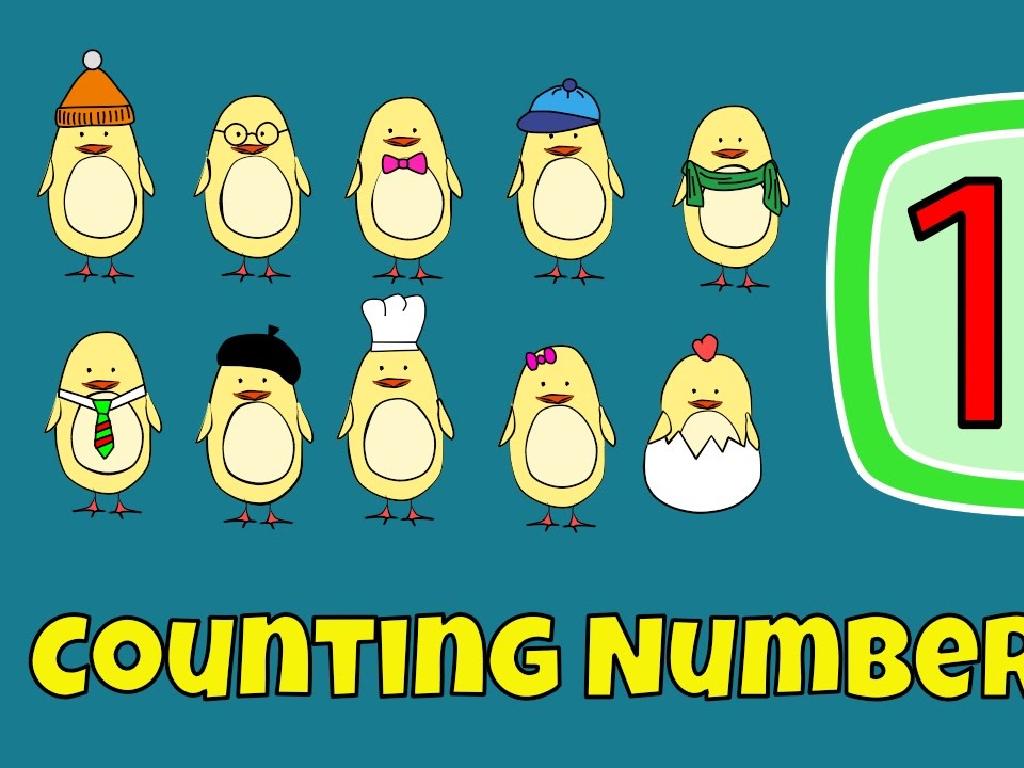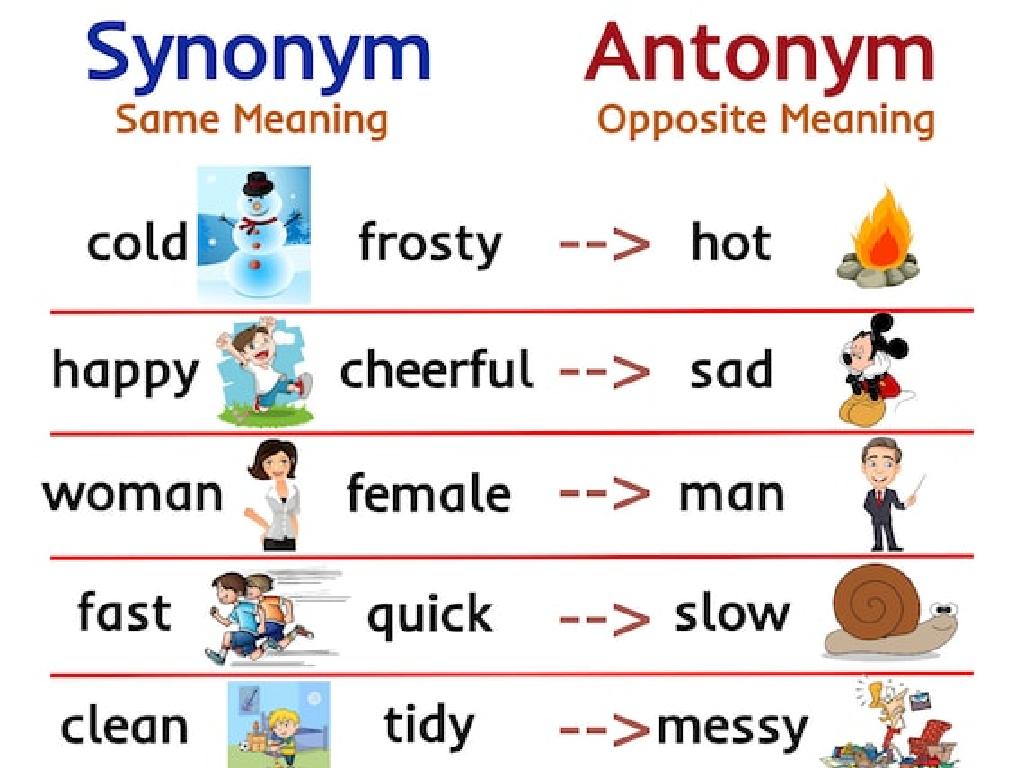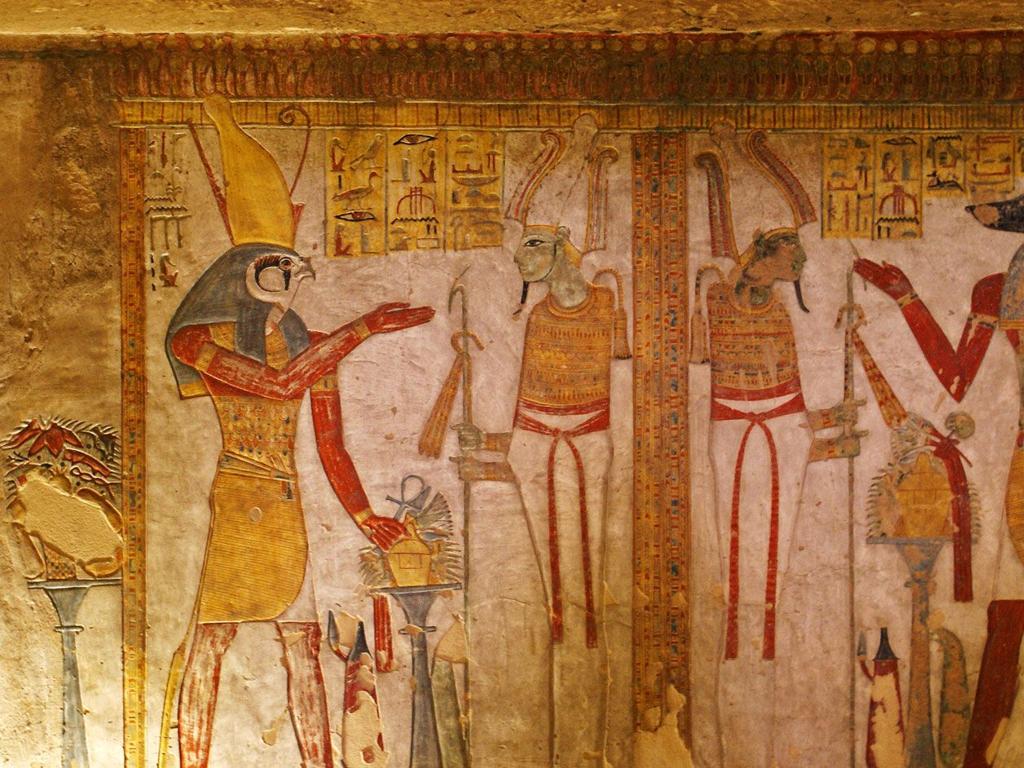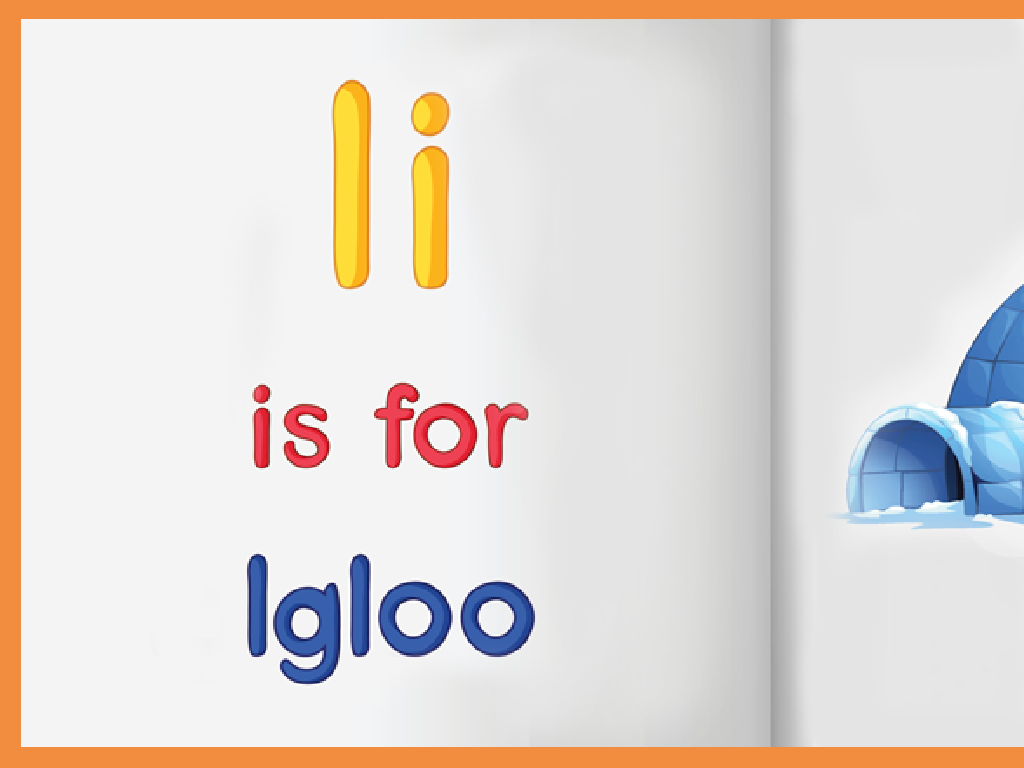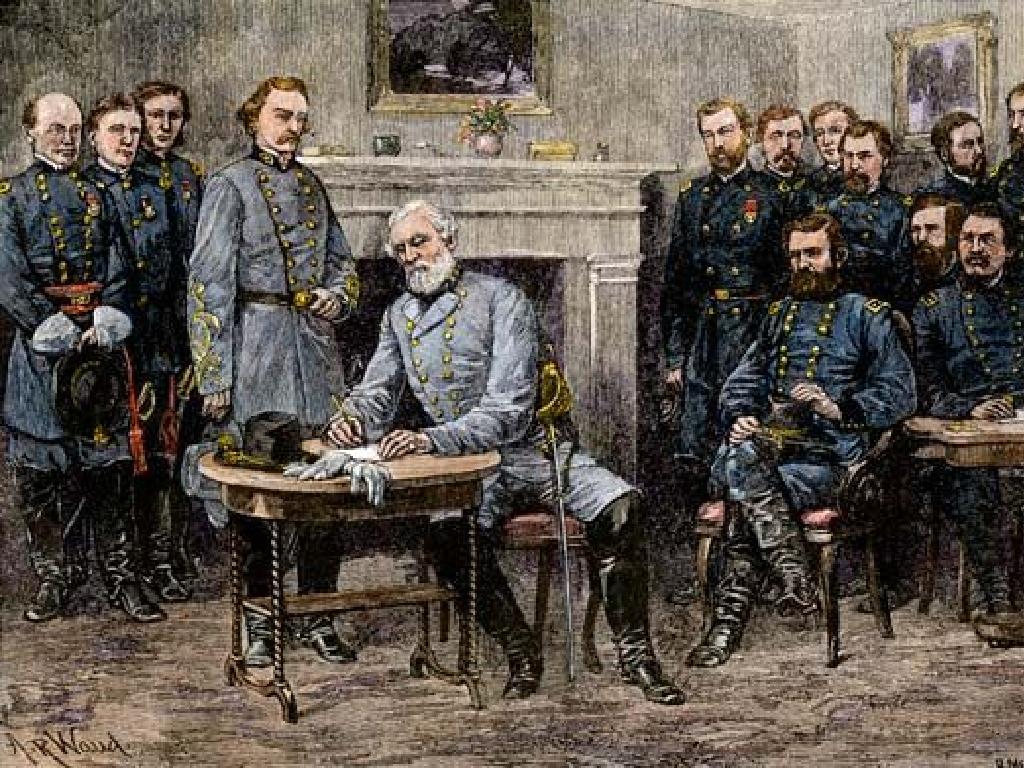Complete The Rhyme
Subject: Language arts
Grade: First grade
Topic: Rhyming
Please LOG IN to download the presentation. Access is available to registered users only.
View More Content
Welcome to Rhyming!
– Greet our First Graders
– Today’s fun with rhyming words
– Rhymes have matching sounds
– Words like ‘cat’ and ‘hat’ sound alike at the end!
– Let’s find rhymes together
– We’ll discover rhymes in poems and songs.
|
This slide is designed to introduce first graders to the concept of rhyming. Start the lesson with a warm welcome and an explanation that rhymes are words that end with the same sounds. Use simple and familiar words to illustrate rhyming pairs, such as ‘cat’ and ‘hat’. Engage the students by asking them to think of other words that rhyme with ‘cat’. Incorporate interactive activities like rhyming games, singing rhyming songs, or reading short poems to help them identify and practice rhyming words. The goal is to make the learning process enjoyable and to instill a love for language and word play.
What is a Rhyme?
– Rhymes: words with the same end sound
– ‘Cat’ and ‘hat’ sound alike
– Think of words that rhyme
– Words like ‘dog’ and ‘frog’ or ‘sun’ and ‘fun’
– Share your rhyming words
– We’ll make a list of our rhymes together in class!
|
This slide introduces the concept of rhyming to first graders. Start by explaining that a rhyme is when two or more words have the same ending sound. Use simple, familiar words as examples, like ‘cat’ and ‘hat’. Encourage the students to actively participate by thinking of their own examples of words that rhyme. This can be done as a class activity where students can shout out words and the teacher writes them on the board to create a collective rhyme list. The activity will help students recognize rhyming patterns and sounds, which is an essential skill in language arts for reading and poetry.
Rhyme Time: Matching Sounds
– Rhymes are matching sounds
– Examples: Dog and log
– Words that end with the same sound
– Examples: Bee and tree
– Words that end with the same sound
– Examples: Sun and fun
– Words that end with the same sound
|
This slide introduces the concept of rhyming to first graders by showing them simple examples of words that rhyme. Rhyming words have endings that sound the same. ‘Dog’ and ‘log’ rhyme because they both end with an ‘og’ sound. Similarly, ‘bee’ and ‘tree’ rhyme with the ‘ee’ sound, and ‘sun’ and ‘fun’ rhyme with the ‘un’ sound. Encourage the students to say the words out loud and listen to the sounds that make them rhyme. You can turn this into a fun activity by asking students to come up with their own rhyming words or find rhymes for their names or objects in the classroom.
Matching Rhyming Words
– Words that sound the same
– I’ll show you a word
– Like ‘cat’, now you find a match!
– Find its rhyming partner
– Look for a word that ends with ‘at’
– We’ll make pairs together
– It’s like a fun word treasure hunt
|
This slide introduces the concept of rhyming words to first graders. Start by explaining that rhyming words have the same ending sounds. Show them an example word, such as ‘cat’, and ask them to find another word that sounds similar, like ‘hat’, ‘bat’, or ‘rat’. Make it interactive by turning it into a game where each student finds a rhyming partner for the given word. Encourage them to listen to the sounds at the end of the word to find its match. This activity will help them develop phonemic awareness and enjoy the rhythm in language.
Let’s Complete the Rhyme!
– I’ll start a rhyme for us to finish
– Listen carefully to the first line
– Think of a word that sounds the same
– Like ‘cat’ and ‘hat’ or ‘ball’ and ‘call’
– Shout out your guess for the rhyming word
|
This slide is designed to engage first-grade students in a fun and interactive rhyming activity. Begin by explaining that rhymes are words that have the same ending sound. Read a line from a well-known nursery rhyme or a simple couplet you’ve created, and then pause to allow the students to guess the word that rhymes with the last word of the line you’ve read. Encourage them to listen to the sounds rather than focus on spelling. Provide examples and praise their efforts, whether they guess correctly or not, to build confidence. This activity helps students develop phonemic awareness, an essential skill in reading and language arts.
Rhyme Time Activity
– Let’s make rhymes together
– I say a word, you find a match
– Think of words that sound the same
– Words that end with similar sounds, like ‘cat’ and ‘hat’
– Share your rhyming word aloud
|
This activity is designed to help first graders understand and practice rhyming, which is an essential skill in language arts. Start by explaining what a rhyme is and give examples. Then, say a word out loud and encourage the students to come up with a rhyming word. For instance, if the teacher says ‘dog,’ the students could say ‘frog’ or ‘log.’ Make sure to go around the room, giving each student a chance to participate. Praise their efforts to build confidence. This exercise will not only help with their phonemic awareness but also with their creativity and vocabulary.
Let’s Write a Rhyming Poem!
– We’ll write a poem as a class
– We’ll think of words that sound the same
– Each line ends with a rhyme
– Words like ‘cat’ and ‘hat’ rhyme
– Rhymes sound alike at the end
– ‘Rhyme’ means the end of words sound similar
– Share our creative poem
– We’ll read our poem aloud to the class
|
This activity is designed to introduce first graders to the concept of rhyming in a fun and interactive way. Start by explaining what a rhyme is and give examples of rhyming words. Then, as a class, begin to construct a short poem, encouraging students to come up with the rhyming words for the end of each line. Emphasize that the words don’t have to be spelled the same; they just need to sound the same. This exercise will help students recognize rhyming patterns and enhance their phonological awareness. After completing the poem, have the class recite it together, and praise their creativity and teamwork.
Class Activity: Rhyme Scavenger Hunt
– Let’s explore the classroom
– Find objects rhyming with given words
– If I say ‘cat’, look for a ‘hat’!
– Work in pairs for more fun
– Team up with a buddy to search together
– See who finds the most rhymes
– Keep count of your rhyming finds
|
This activity is designed to be a fun and interactive way for students to engage with rhyming words. Set up the classroom with various objects that can rhyme with the words you plan to give them. Explain to the students that they will be going on a scavenger hunt to find items that rhyme with specific words. Pair the students up to promote teamwork. Give them a list of words or say them out loud, and let the pairs find as many rhyming objects as they can within a set time limit. Possible words could include ‘bat’, ‘mat’, ‘log’, ‘dog’, ‘pen’, ‘hen’, etc. After the activity, have a discussion about the rhyming objects they found and count to see which pair found the most rhymes. This will help reinforce their understanding of rhyming patterns and phonemic awareness.

